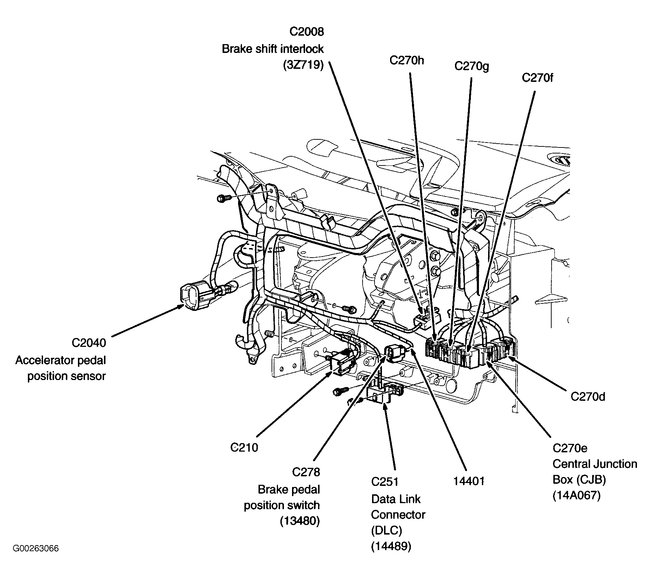Boy, I sure sounded sarcastic. Sorry about that. Do not do the "random" thing. That is the most expensive, least effective way to diagnose a problem. First of all, there are some parts that have a history of almost never needing to be replaced. Doing so is money wasted, but more importantly, everything you do or replace adds another variable to the problem. Some sensors require precise air gaps to work properly. If one is not set right, you could now have two problems. Also, many resistance sensors such as throttle position sensors and any temperature sensors will never have the same resistance between any two of them. The engine computer learns their characteristics by comparing their readings to other sensor readings. For one example, the computer knows that the coolant temperature sensor and the intake air temperature sensor have to be reading the same temperature after the engine has been off for at least six hours. When it sees a different resistance from one of them than it expects, it has to figure out which one changed and put that new set of values in memory. That will not occur if it thinks there is a problem with the other sensor so you could introduce a running problem just from removing a good sensor and replacing it with another good one.
The best approach, since the check engine light was on, means at least one diagnostic fault code has been stored in the engine computer and having them read will get you into the circuit or system with the problem. There might not even be a defective part. You could have an EGR, (emissions) tube that is plugged with carbon, a leak in the fuel supply system that is letting vapors evaporate, a sensor problem, or a sensor could be detecting a problem. Someone here will be able to give you direction once we know which fault codes were stored in the computer. Many auto parts stores will read them for you for free.
SPONSORED LINKS
Monday, April 18th, 2011 AT 9:54 PM






